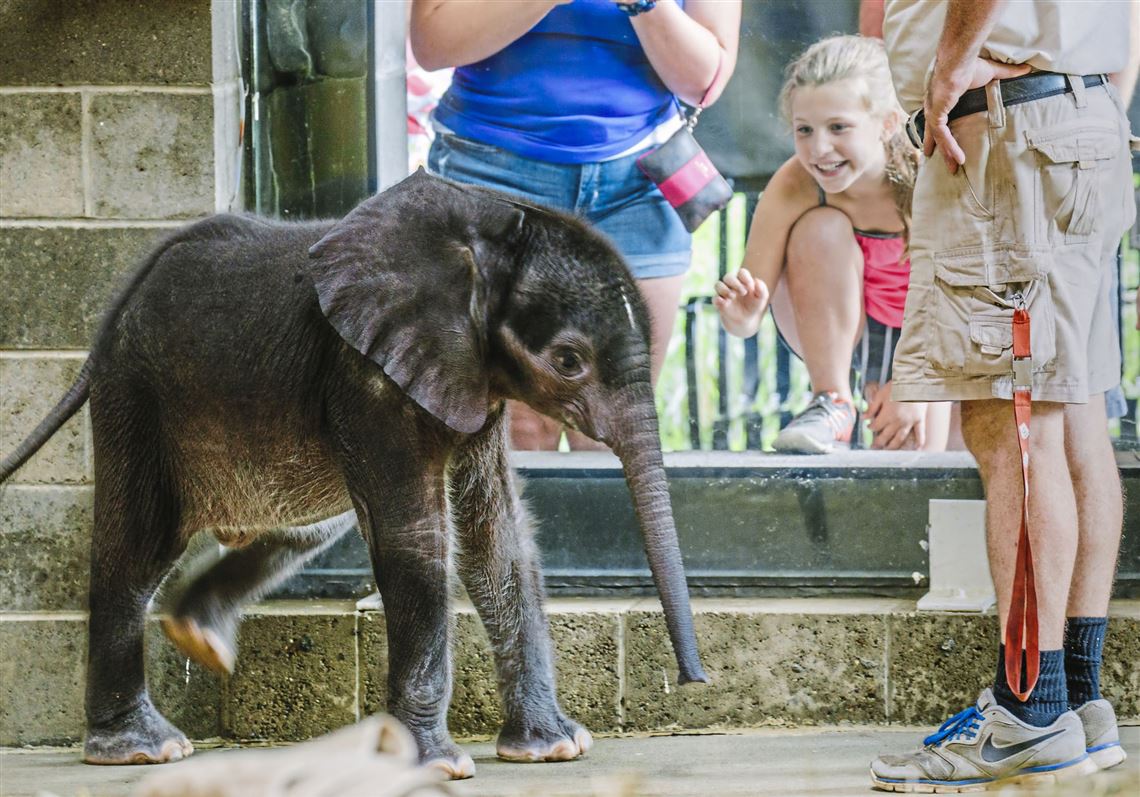Animal lovers shed a collective tear at the death of the Pittsburgh Zoo’s premature elephant calf. Even a feeding tube could not provide enough support for the baby to survive.
The zoo followed two of the basic animal care guidelines we hear about in veterinary lectures:
• Do not let the patient starve.
• Do not let the patient hurt.
Feeding tubes are often used in small animal practice, and patients can make a complete recovery with adequate calories. Pain medications are always used if appropriate.
Two of my grandchildren live in Chicago, and we often visit the Lincoln Park Zoo. On my first visit, I asked where the elephants were. There are none for children and adults to see. Keeping elephants is difficult and expensive, yet future generations may not have a desire to protect wild animals if they have never seen them.
I have been behind the scenes at the Pittsburgh Zoo and was warned to stay back from the reach of the bull elephant’s trunk for my personal safety. Keeping bull elephants is difficult and dangerous but necessary for propagation.
Animal rights critics say that elephants shouldn’t be kept in zoos because they require vast spaces to roam, socialize and express their natural behavior. In the wild, they live in matriarchal herds and are active for 18 hours per day.
That sounds ideal, but in reality elephants are in serious jeopardy in the wild. A National Geographic report in 2016 detailed the decline in the African savanna elephant population, with just 352,271 remaining due to poaching and habitat destruction. A total of 144,000 were lost in less than a decade. The loss now amounts to 27,000 or 8 percent per year due to poaching.
Tanzania and Mozambique have lost 73,000 elephants over the last five years. Northern Cameroon is down to just 148 elephants, and Sioma Ngwezi National Park has only 48, down from 900 in 2004.
Some protected areas, however, have a stable or increasing population. If such conservation efforts fail, one day the only place to see live elephants may be in zoos.
All animals in zoological parks should be treated humanely and with respect. Since I first visited the Pittsburgh Zoo, the habitats have improved. The display cages with animals pacing and showing neurotic behavior have been replaced with more modern open enclosures. Progress must still be made to provide optimal care for all captive wild species.
The future of some species threatened with extinction may rest with preservation of natural habitat and the Species Survival Plan, which oversees population management and the breeding of at-risk animals in zoos. The program also works to provide genetic diversity along with conservation of species in the wild.
Lawrence Gerson is a veterinarian and founder of the Point Breeze Veterinary Clinic. His biweekly column is intended to educate pet owners. Consultation with a veterinarian is necessary to diagnose and treat individual pets. If you have a question you’d like addressed in Pet Points, email petpoints@post-gazette.com. Please include your name and municipality or neighborhood.
First Published: September 8, 2017, 2:00 p.m.















